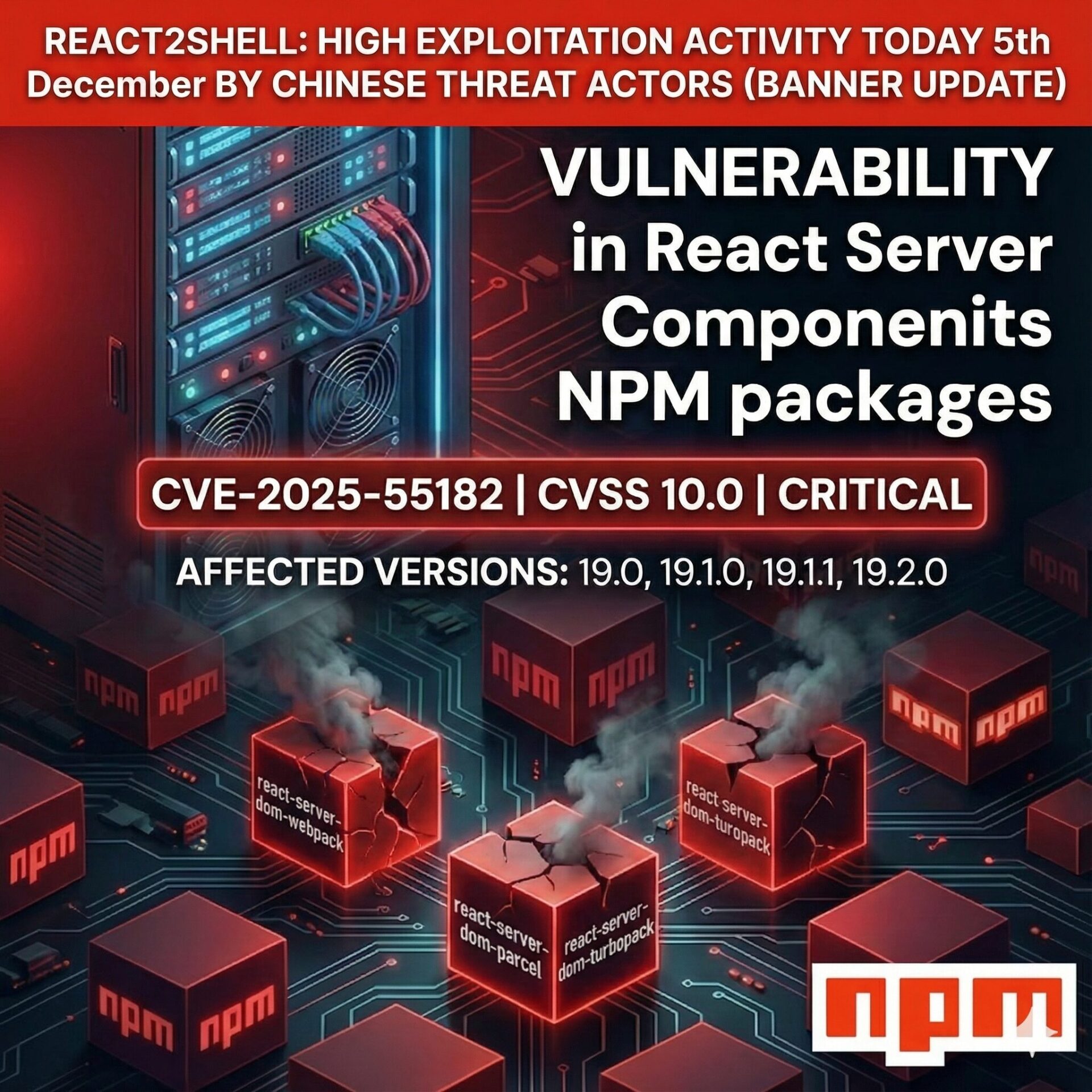For the benefit of the cybersecurity community and network defenders—and to help every organization better manage vulnerabilities and keep pace with threat activity—CISA maintains the authoritative source of vulnerabilities exploited in the wild: the Known Exploited Vulnerability (KEV) catalog.
What is the CISA KEV Catalog?
The KEV Catalog is a list of known vulnerabilities that cybercriminals have exploited in recent attacks. The catalog is maintained by CISA, which is a government agency responsible for cybersecurity and infrastructure security in the United States. The purpose of the catalog is to provide information to organizations and individuals about the vulnerabilities that are currently being targeted by cybercriminals, so they can take steps to protect themselves from these attacks.
Why is the CISA KEV Catalog important?
The KEV Catalog is important because it helps organizations and individuals understand which vulnerabilities are most likely to be exploited by cybercriminals. By keeping track of these vulnerabilities, CISA can provide timely alerts and guidance to help organizations and individuals protect themselves from these threats. The catalog is also useful for security researchers who want to understand the latest tactics and techniques cybercriminals use.
How is the CISA KEV Catalog created?
The KEV Catalog is created through a combination of automated and manual processes. CISA uses automated tools to scan for vulnerabilities in commonly used software and systems, such as web browsers, operating systems, and network devices. The agency also monitors public sources, such as security blogs and forums, to identify vulnerabilities that are being actively exploited by cybercriminals. Finally, CISA works with industry partners and security researchers to identify and confirm vulnerabilities that have been exploited in recent attacks.
Once a vulnerability is identified, CISA conducts a risk assessment to determine the potential impact of an exploit. This includes assessing the likelihood of an attack, the severity of the impact, and the ease of exploitation. Based on this assessment, CISA assigns a KEV score to the vulnerability, indicating the risk level posed by the vulnerability.
How can organisations and individuals use the KEV Catalog?
Organizations and individuals can use the KEV Catalog to identify vulnerabilities that may be present in their systems and networks. By reviewing the catalog, they can determine if any of the vulnerabilities have been exploited in recent attacks and take steps to mitigate the risk of an exploit. This may include applying security patches, implementing network segmentation, or using other security controls to limit the impact of an attack.
In addition to reviewing the KEV Catalog, organizations and individuals can also sign up for alerts from CISA, which provide timely information about new vulnerabilities and threats. By staying up to date on the latest threats and vulnerabilities, organizations and individuals can take proactive steps to protect themselves from cyberattacks.
organizations can integrate the data from the CISA Known Vulnerabilities page into their security operations and threat intelligence platforms like phoenix security to automate vulnerability scanning, prioritize remediation efforts, and improve their overall cybersecurity posture.
What is active exploitation under CISA KEV
A vulnerability under active exploitation is one for which there is reliable evidence that execution of malicious code was performed by an actor on a system without permission of the system owner.
Active exploitation, about the KEV catalog, includes attempted and successful exploitation.
- Attempted exploitation occurs when an attacker executes code on a target system. Still, the code does not execute due to the system not being vulnerable or the system being a honeypot, etc. A honeypot is a computer security mechanism set to detect, deflect, or, in some manner, counteract attempts at unauthorized use of information systems. Successful malicious code execution on a honeypot is considered attempted exploitation because the attacker does not obtain target information.
- Successful exploitation occurs when attackers exploit vulnerable code on a target system, allowing them to perform additional, unauthorized actions on that system or network.
The two key takeaways for active exploitation are: the intent of the actor is to succeed in exploitation and the attack(s) occurred in real-time, or “in the wild.”
Events that do not constitute as active exploitation, in relation to the KEV catalog, include:
- Scanning
- Security research of an exploit
- Proof of Concept (PoC)
What Regulation is affected by CISA KEV
While the CISA KEV is available worldwide only the USA has mandated the resolution of vulnerabilities within CISA KEV.
Nonetheless, CISA KEV is a great source of information to refer to when triaging and fixing vulnerabilities.
“All federal civilian executive branch (FCEB) agencies are required to remediate vulnerabilities in the KEV catalog within prescribed timeframes under Binding Operational Directive (BOD) 22-01, Reducing the Significant Risk of Known Exploited Vulnerabilities. Although not bound by BOD 22-01, every organization, including those in state, local, tribal, and territorial (SLTT) governments and private industry can significantly strengthen their security and resilience posture by prioritizing the remediation of the vulnerabilities listed in the KEV catalogue as well. CISA strongly recommends all stakeholders include a requirement to immediately address KEV catalogue vulnerabilities as part of their vulnerability management plan. Doing so will build collective resilience across the cybersecurity community.”
CISA KEV catalogues via JSON or others
https://www.cisa.gov/known-exploited-vulnerabilities-catalog
How to browse CISA KEV catalogue
Subscribe to the Known Exploited Vulnerabilities Catalog Update Bulletin
Conclusion
The KEV Catalog is an important tool for organizations and individuals who want to stay ahead of the latest cyber threats. By providing information about known vulnerabilities that have been exploited in recent attacks, CISA can help organizations and individuals to take proactive steps to protect themselves from these threats. While no security solution is foolproof, staying informed and taking proactive steps can go a long way in mitigating the risk of a cyberattack.
The Phoenix Security Approach
Phoenix Security Leverage the power of CISA KEV to select and suggest the vulnerabilities that should be fixed automatically.
Get in control of your Application Security posture and Vulnerability management
Phoenix security takes into account EPSS to calculate the risk exploitation factor
If you want to know more about Phoenix security and doing vulnerability management at scale contact us https://phoenix.security/request-a-demo/


















